The life of a coffee tree is generally divided into these stages
Coffee, as a perennial evergreen shrub or small tree of Rubiaceae, is a horticultural perennial cash crop. The life of a coffee tree is generally divided into these stages:
(1) the seedling stage
The seedling stage is a period from the germination of seeds (or cuttings, grafting) to the emergence of seedlings (the stage of raising seedlings in the nursery), about 0.5-1.5 years. After the coffee seeds were sown, the cotyledons began to be unearthed after a period of germination, which took about 30-100 days, and the length of time was closely related to temperature and humidity. After germination, the cotyledon seedlings should be transferred to a nutrition bag to raise seedlings, which takes 3-12 months to get out of the nursery.
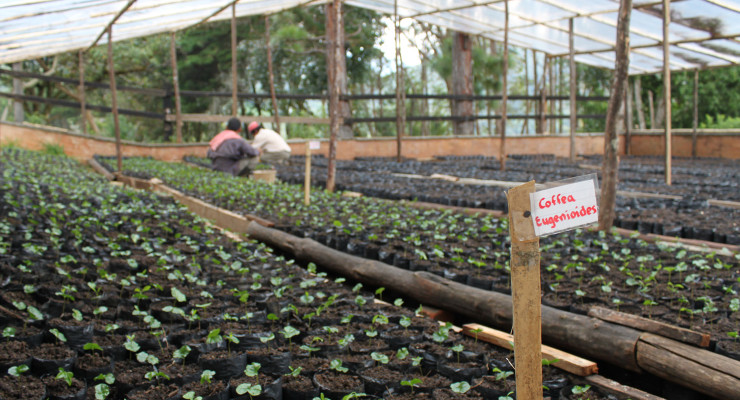

(2) Young tree stage
The young tree period refers to the period from planting to putting into production, about 2-3 years. The main feature of this period is exuberant vegetative growth, which can draw 6-8 pairs of branches every year, centering on the growth of roots, stems and leaves, and the aboveground and underground parts expand rapidly to form an ideal plant structure in preparation for production.

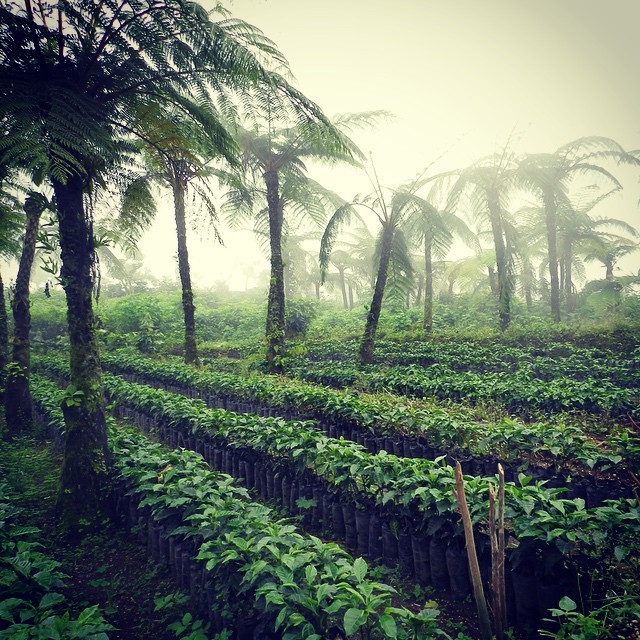
(3) the first birth period
The first production period refers to the period from the beginning of production to the advent of high production, during which coffee begins to enter into reproductive growth, coffee trees grow vigorously, and there is a great demand for nutrients.

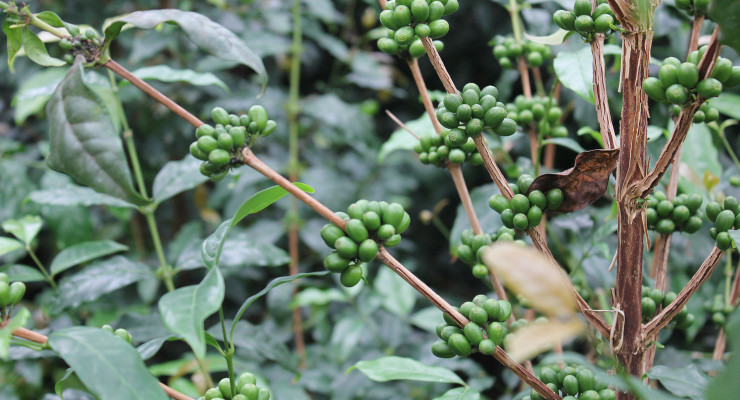
(4) flourishing period
It will enter the peak period about 1-2 years after the first birth period, and the proper management can last about 30 years.
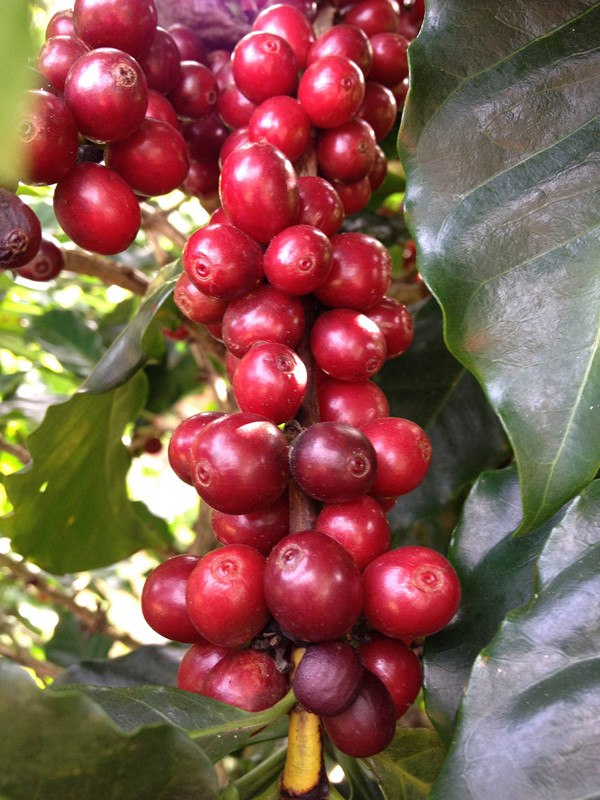

(5) Aging period
The growth is declining year by year, the economic life is nearing the end, and the coffee tree indicates that it is entering a period of aging. Its life span is closely related to climate, soil and management level, and there are still century-old coffee trees that can blossom and bear fruit.
Important Notice :
前街咖啡 FrontStreet Coffee has moved to new addredd:
FrontStreet Coffee Address: 315,Donghua East Road,GuangZhou
Tel:020 38364473
- Prev
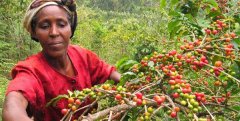
Coffee fruit harvest time what is the time for picking coffee beans?
The vast majority of coffee fruits are picked manually. In order to ensure the quality of coffee, pickers need to identify which fruits are suitable for harvest and pick them one by one from the tree, which takes a lot of energy and time. In this era when the tide of science and technology is sweeping in, such humane manual work is very precious. Due to different planting areas, the receiving time also changes.
- Next

Ice drop coffee origin coffee distiller was invented by the Dutch
[ice drop coffee origin] Ice drop coffee originated in Europe, because the coffee distiller was invented by the Dutch, so some people call it DUTCH COFFEE. Ice drop coffee is extracted bit by bit by condensation and natural osmotic water pressure for about 5 hours due to the compatibility of coffee itself with water. Pure coffee powder is soaked and moist at low temperature, and the extracted coffee tastes fragrant, smooth and muddy.
Related
- Beginners will see the "Coffee pull flower" guide!
- What is the difference between ice blog purified milk and ordinary milk coffee?
- Why is the Philippines the largest producer of crops in Liberia?
- For coffee extraction, should the fine powder be retained?
- How does extracted espresso fill pressed powder? How much strength does it take to press the powder?
- How to make jasmine cold extract coffee? Is the jasmine + latte good?
- Will this little toy really make the coffee taste better? How does Lily Drip affect coffee extraction?
- Will the action of slapping the filter cup also affect coffee extraction?
- What's the difference between powder-to-water ratio and powder-to-liquid ratio?
- What is the Ethiopian local species? What does it have to do with Heirloom native species?

